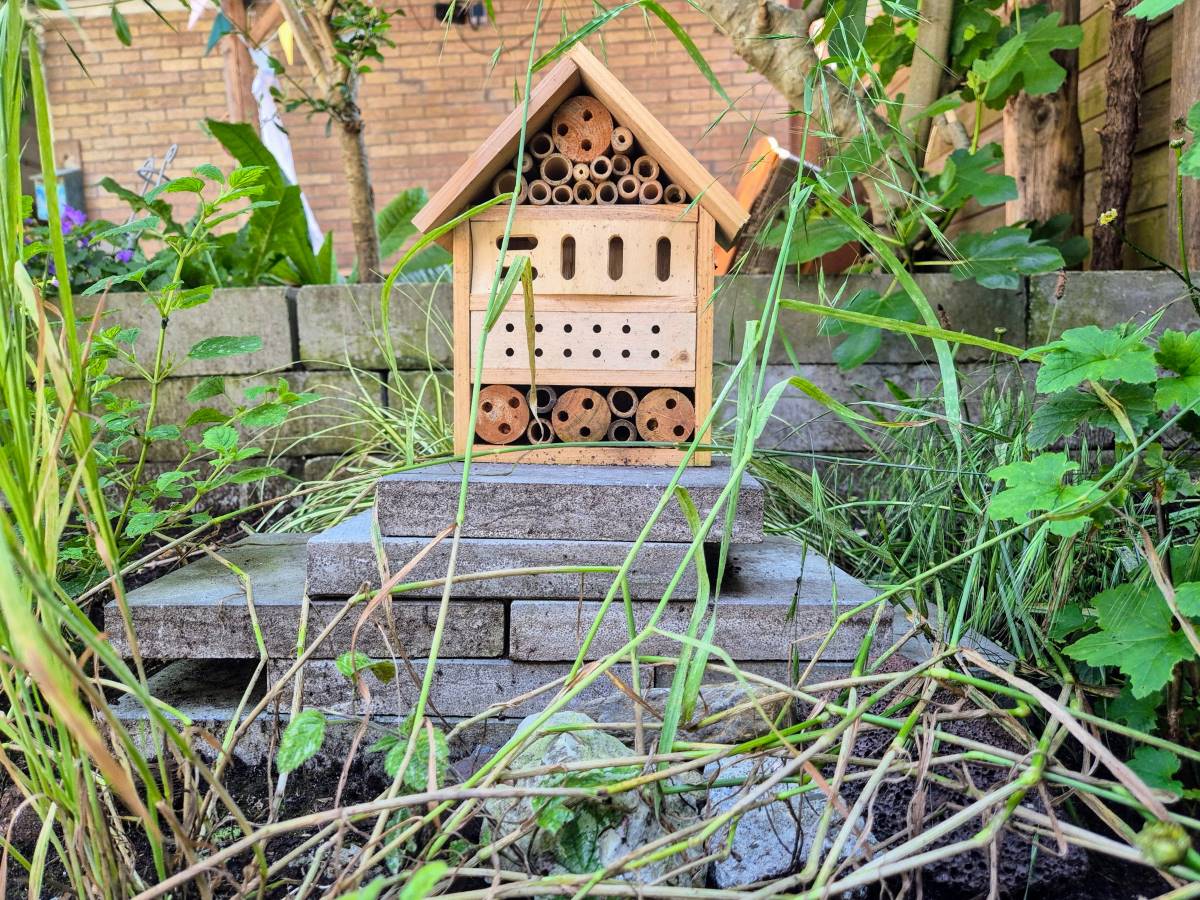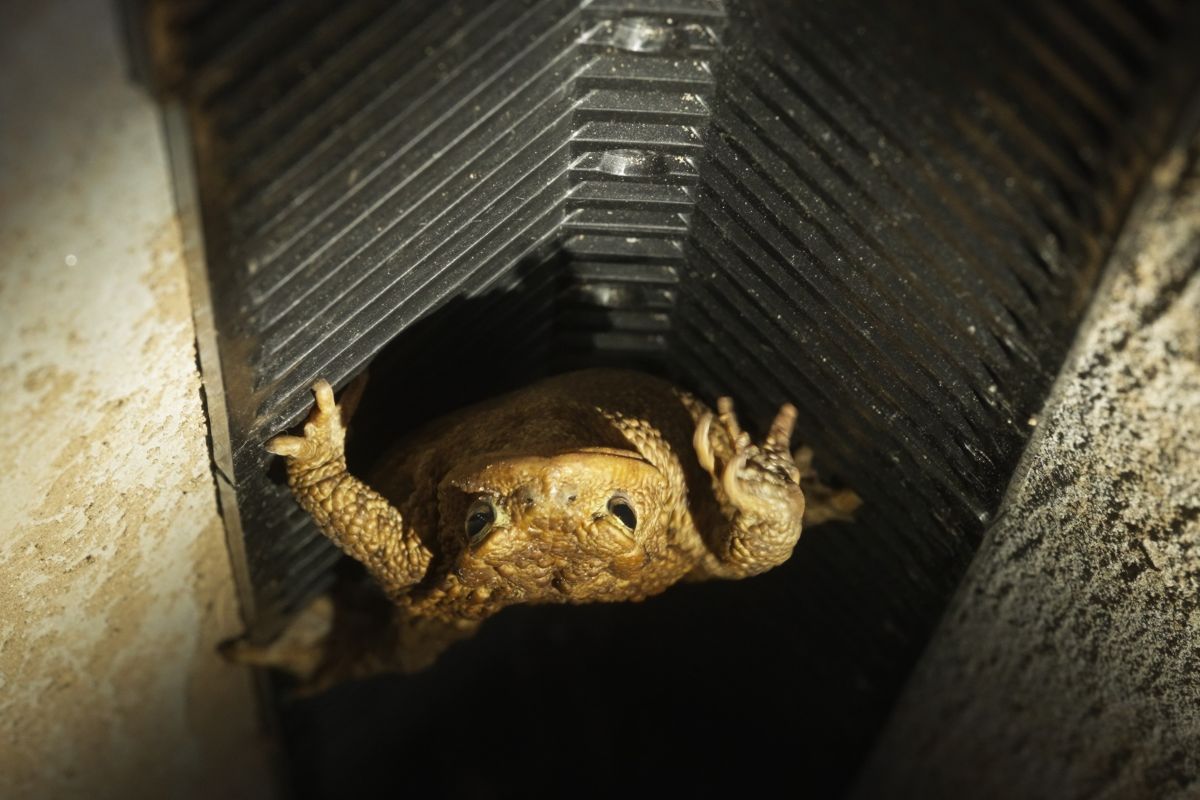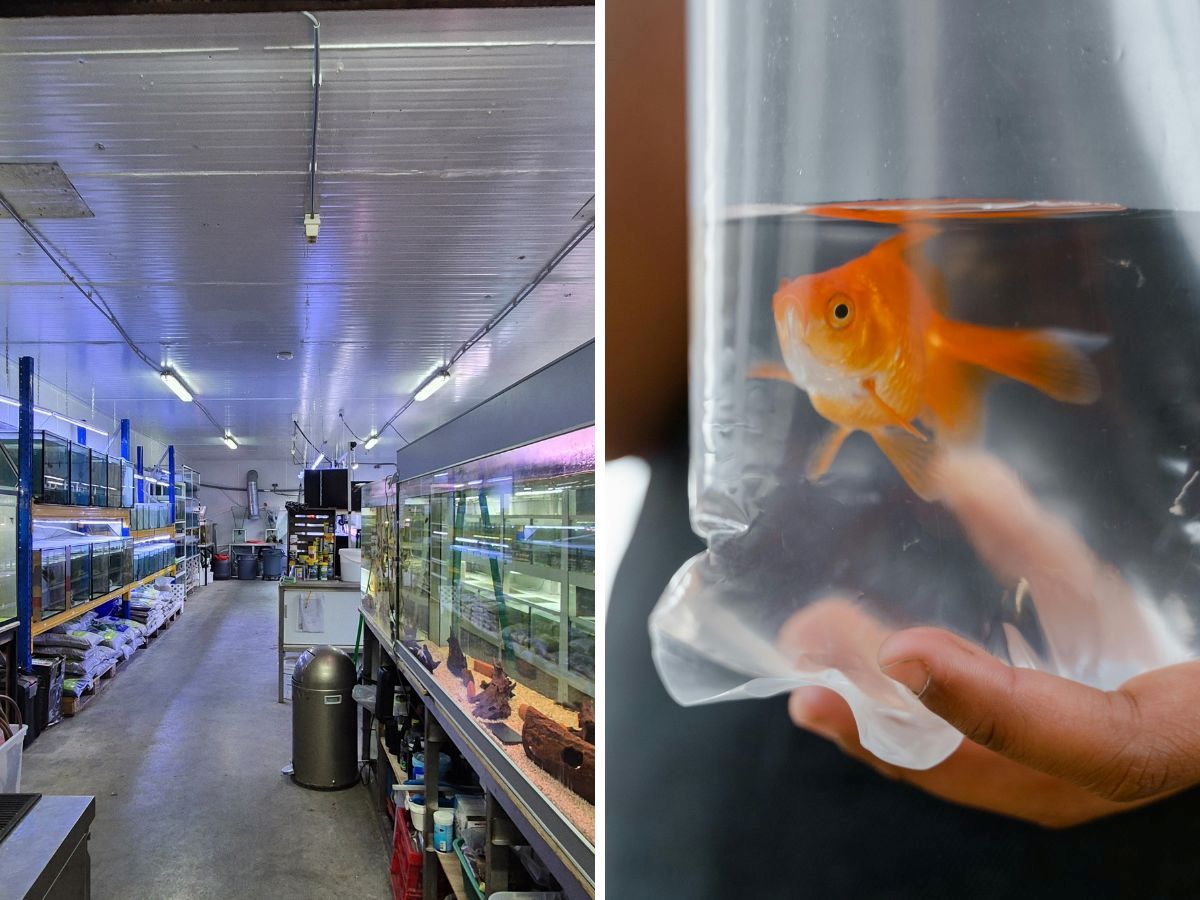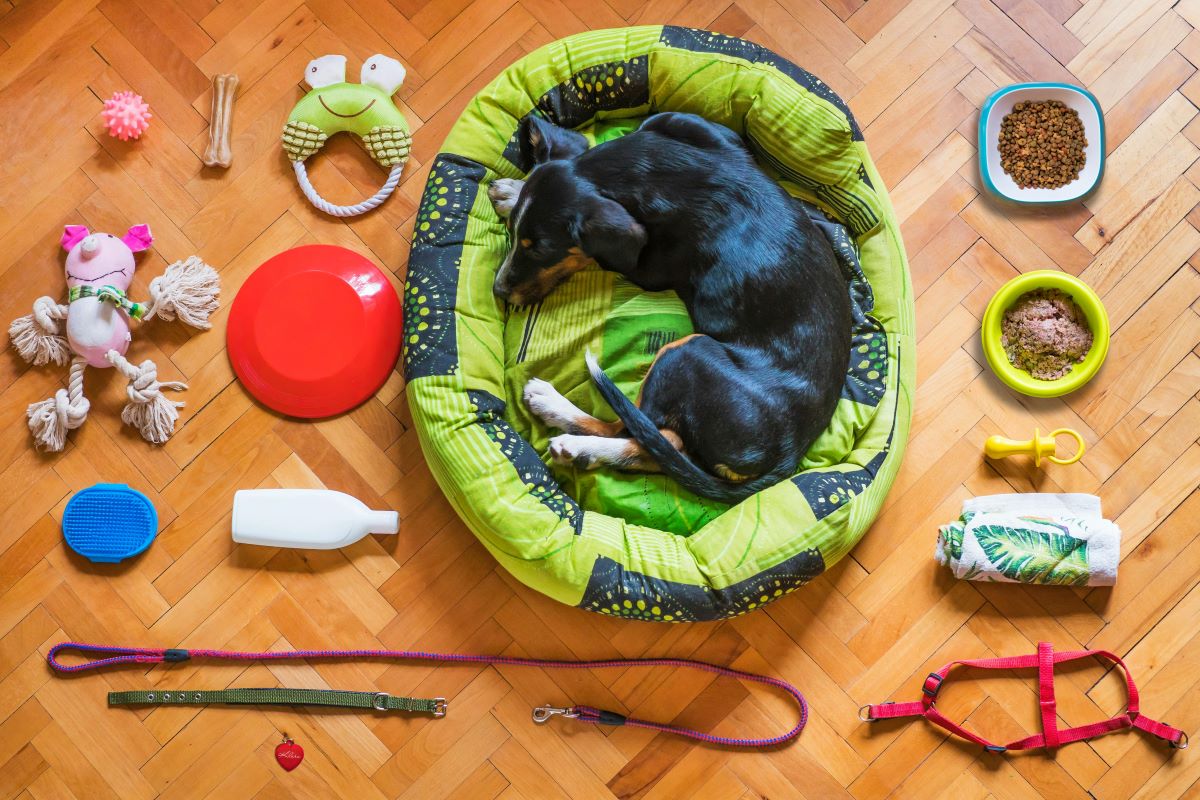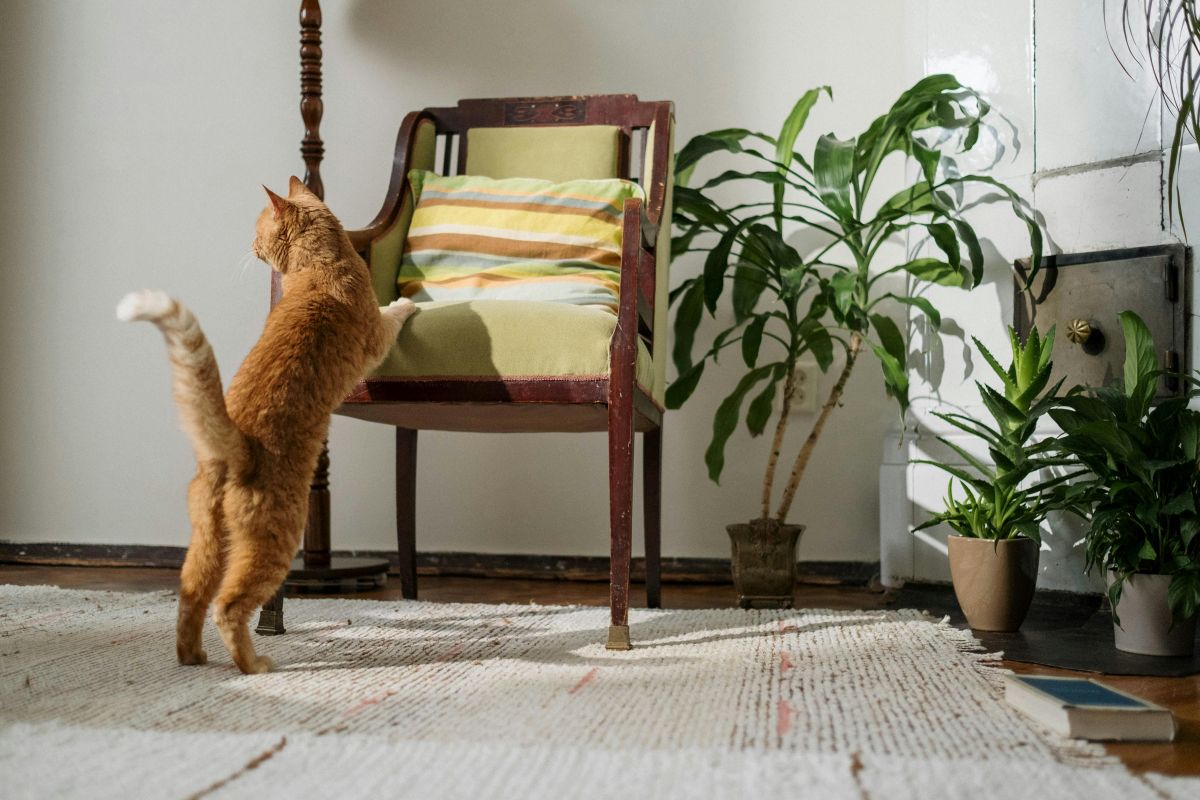Got old tiles left over from a renovation or tile chipping? Good news! We are all encouraged to bring more greenery into our gardens by wobbling tiles. But what do you do with those old tiles? Exactly! We have an idea for you. Find out how you can give these old stones a new life in your garden as stacking stones. This is not only cool, but also gives a boost To biodiversity!
Stacks of old tiles
We get it! Popping those tiles is an important step towards greening our gardens and creating space for plants and animals. But what do you do with those old stones you no longer need? Take them to the dump? Ho, don't! By reusing old stones as pile stones, you make life even better for all those little itchy creatures in the garden. They love to crawl between all those holes and cracks you will create by playfully stacking your old stones and tiles.
Why bricks are a particularly good idea
Pavers offer a variety of benefits for biodiversity in your garden. Firstly, our gardens face a decline in biodiversity due to urbanisation and pavement use. This means less space for insects, small animals and plants to thrive. Greening our gardens and creating natural habitats is essential to reverse this trend. In short, ditch those tiles and reuse them in a different way: stack them!
In addition, bricks offer a variety of benefits for biodiversity in your garden. They create microhabitats that are essential for many species of insects and small animals. The spaces between the stones provide shelter, nesting and overwintering sites. Moreover, stacking stones help regulate soil moisture, which is beneficial for plants and fungi. Last but not least, old bricks that end up in landfills contribute to the growing mountain of waste, causing unnecessary environmental pollution, while they can still be invaluable for our itch animals. In short, pile them up! But we already mentioned that.



Boulders (pictured left) are also nice for animals and they also look cosy. Tip: stones like these are regularly offered for free on Marktplaats. The bee hotel stands on a pile of stones left over from a big tile sweep. And if you look closely, you can see that we placed several small stones around the structure, which my son regularly finds while playing.
How to make a wall of stacking bricks in your garden
- Collect and prepare: Start by collecting your old bricks. Make sure they are clean and free of cement residue and other dirt. This will make it easier to stack them and prevent them from leaking harmful substances into the ground.
- Choose a suitable location: Find a spot in your garden where you want to place the stacking stones. This could be an edge of a flower bed, a partition between different garden sections, in the middle of plants or a decorative corner. You read it, actually any spot is suitable.
- Stacking: Start by laying a solid base of larger bricks. Then build further with smaller stones, ensuring stability and variation in stack height. This creates hiding places for different animals.
- Natural habitat: Add soil and plant material between the stones to create a natural habitat. This attracts insects, such as bees and butterflies, and small animals, such as frogs.
Will you also stack up nicely?
Reusing old bricks as pile stones in your garden is therefore a smart and sustainable choice. It not only helps reduce waste and save resources, but also contributes to green gardens and increased biodiversity. So start collecting your old bricks today and create your own stacking brick project. It looks so cosy too. We are curious! Share your creation on Instagram and tag @thegreenlist.nl so we can share your project with our community!
More sustainable tips from thegreenlist.nl
- Also see: More animals in the garden, go for a green garden fence.
- Also see: sustainable garden plants, join bushwhacking!
- Also see: Start your own worm hotel with Worm Farm.
Sources: Milieu Centraal, Natuurmonumenten. Photo credits: thegreenlist.nl (main image & stones), ladybird (Pexels).

